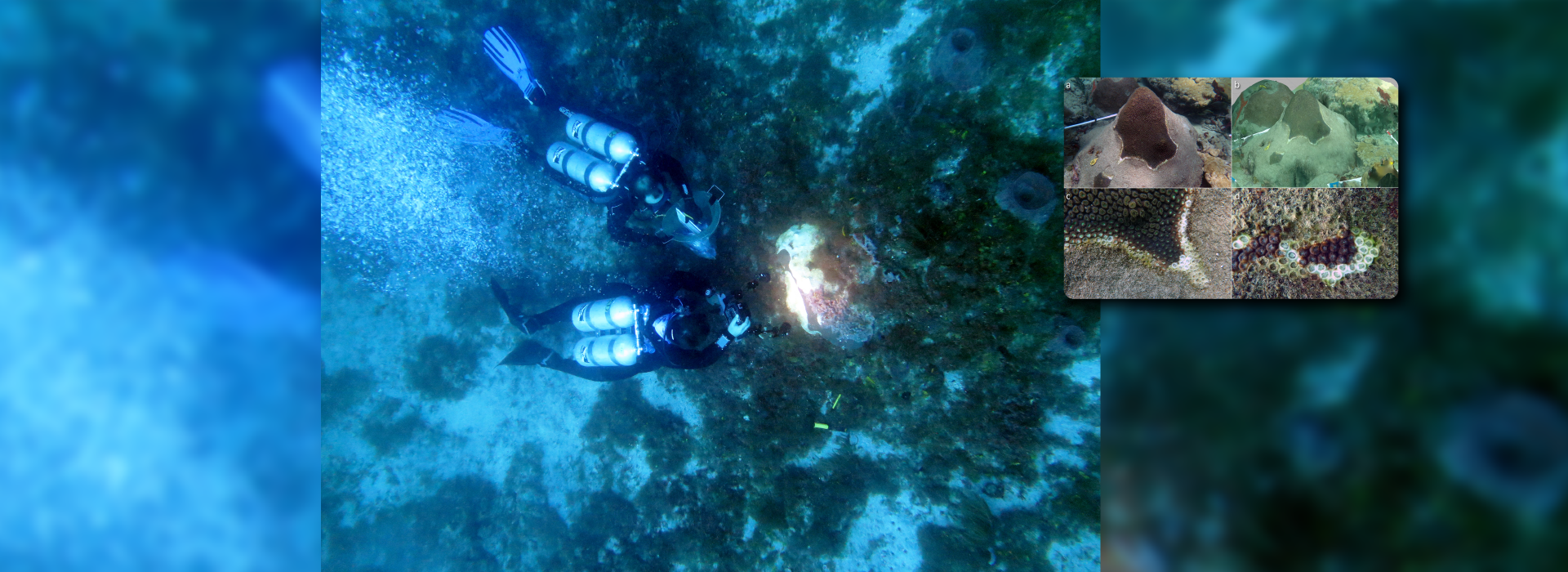01/13/2022
Reefs in 3D
Scientists Use New Techniques to Study Coral Disease
By Bethany Augliere
Researchers have applied a low-cost and rapid 3D technique to study coral colonies that have been infected with a highly contagious and fatal disease.
Called Stony Tissue Coral Loss Disease (STCLD), the disease was first found near Miami in late 2014. It kills hard, stony corals and has since spread north to Palm Beach County and as far south as the Dry Tortugas National Park as of August 2021, which means it has been found in the entirety of Florida’s Coral Reef, as well as in other parts of the Caribbean.
“There's a collective scramble to learn as much as possible, as fast as possible, about how this disease works to better inform how we can treat it or prevent it,” said Ian Combs, a coral reef biologist and former master’s student at FAU’s Harbor Branch Oceanographic Institute.
In the recently published study in PLOS One, lead author Combs and senior author Joshua Voss, Ph.D., associate research professor at FAU’s Harbor Branch Oceanographic Institute, developed a low-cost technique to rapidly analyze individual coral colonies over time to examine how quickly the disease progresses. To do this, divers in the water took a series of overlapping photos of 24 different coral colonies. Back at the lab, the software takes the 2D images, stitches them together and generates a 3D model. The technique is called structure-from-motion photogrammetry. “Innovative teams and open collaboration are bringing new tools and ideas to coral reef conservation efforts,” said Voss.
“As we began to develop methods for understanding the impacts of the disease on coral communities, and to evaluate potential options for intervention treatments, we recognized that we and the scientific community needed more accurate, yet still affordable, methods for quantifying coral tissue loss or growth,” Voss said. “The recent advances in digital imaging and structure from motion photogrammetry gave us confidence that a relatively simple and low-cost method could be adapted for our research and monitoring efforts.”
If you would like more information, please contact us at dorcommunications@fau.edu.
